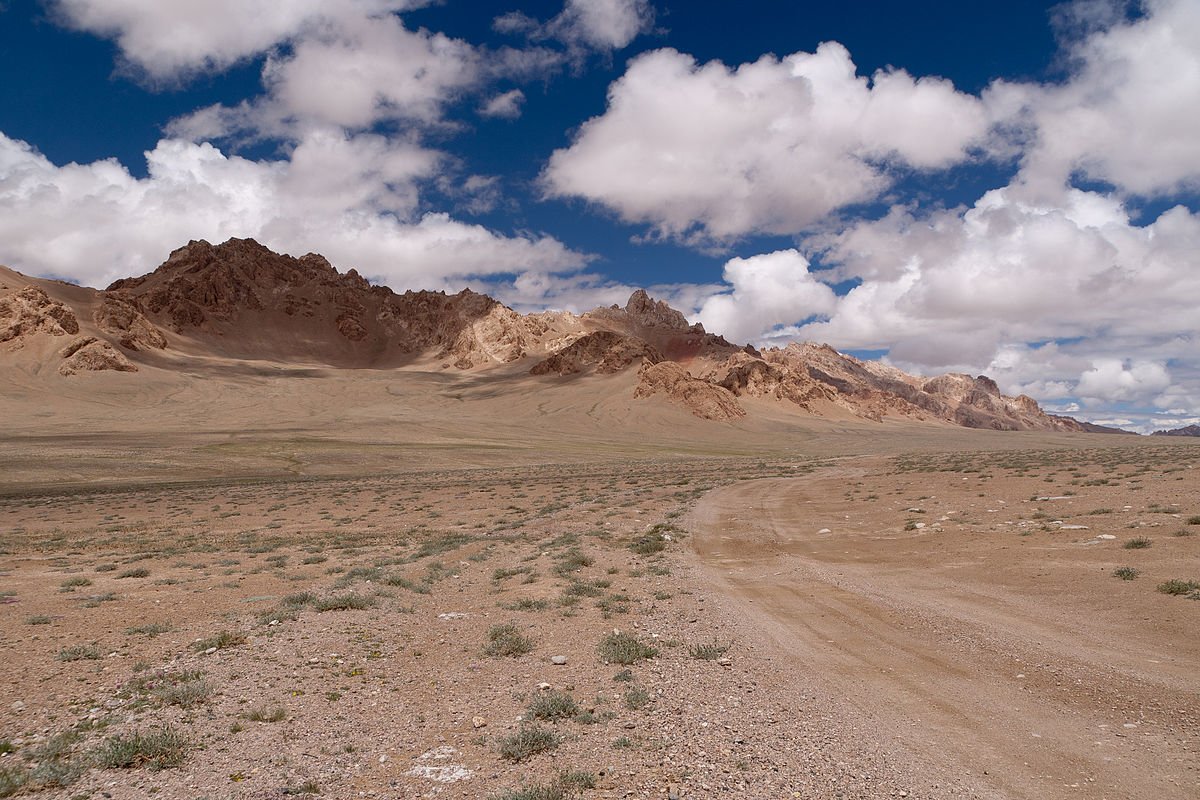In terms of space, Central Asia has a lot of it.
With a combined land area of 3,926,790 square kilometres, the Five Stans cover 2.63 percent of the world’s landmass. Although that is an area far larger than India, Central Asia has a population density of just eighteen people per square kilometre. India, by comparison, is 25 times as densely populated. What is in all of that space in-between the people? What does the natural world conjure across Central Asia? In this article we take a trip to six of the most extraordinary centres of the natural (and unnatural) world of Central Asia, to discover how the people of Central Asia are both shaped and shaping the vast environment around them.
Pamir Mountains (Tajikistan & Kyrgyzstan)
It makes sense to begin with the “Roof of the World” — the Pamir Mountains. Written about in the West since the time of Ptolemy, centuries ago three branches of the Silk Road used to cross the Pamirs. Whilst most of the range lies within Tajikistan, its fringes seep into Afghanistan, China and Kyrgyzstan. A diverse array of societies live in semi-autonomous and autonomous areas of the mountains. Many are small nomadic communities of Tajiks, but sizeable populations live in small cities such as Khorog.
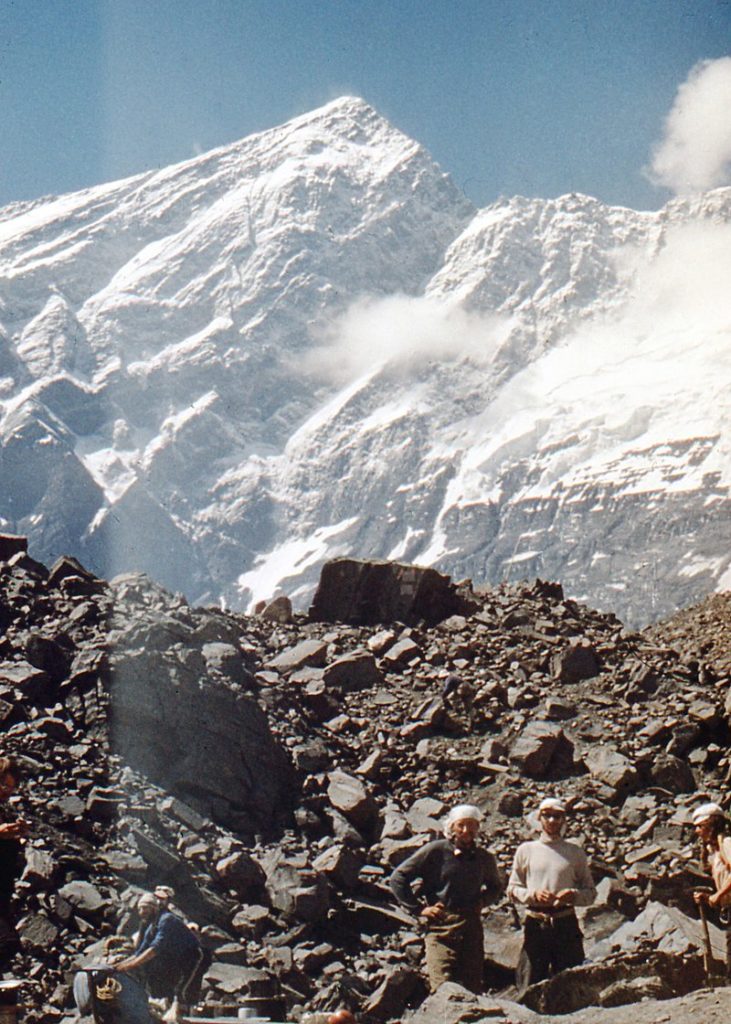
The tallest peak of the Pamirs — Kongur Tagh — is not in Central Asia, but China. Ismoil Peak is the highest in the region, at a modest 7,495m — the fiftieth tallest mountain in the world. Formerly known as Peak Communism, the mountain was more formerly still named after Joseph Stalin, but gained its current name in the late twentieth century to commemorate the Samanid emir, Ismail Samani.
Gates of Hell (Turkmenistan)
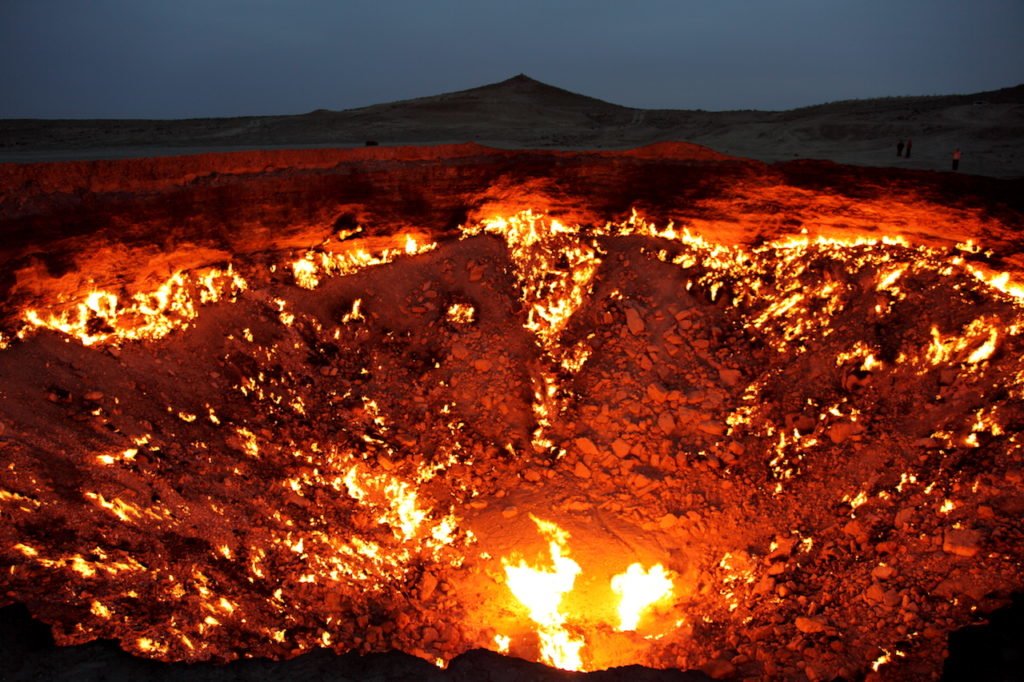
From the heights of heaven, we journey to the Gates of Hell. Yes, the door to the underworld can be found in Turkmenistan’s Karakum Desert, 275km north of the country’s capital. The Darvaza Gas Crater emerged in 1971 following a Soviet drilling accident. In an attempt to extract oil, engineers ruptured a natural gas pocket unearthing an enormous crater, and swallowing up the rig. Immediately, toxic gas spewed from the 230 feet-wide crater and animals in the area soon began to perish. In an attempt to cull the spread of methane, geologists opted to set the crater on fire, and thus the Flames of Hell came to Earth. It is not unusual for gas craters to be set on fire but, usually, they extinguish within a few weeks, months, or at most, years; no one knows when, or even if the Darvaza Crater will stop burning. Today, the Gates of Hell is a popular tourist attraction, which Google helpfully informs us is “Open 24 Hours”.
Aral Sea (Kazakstan and Uzbekistan)
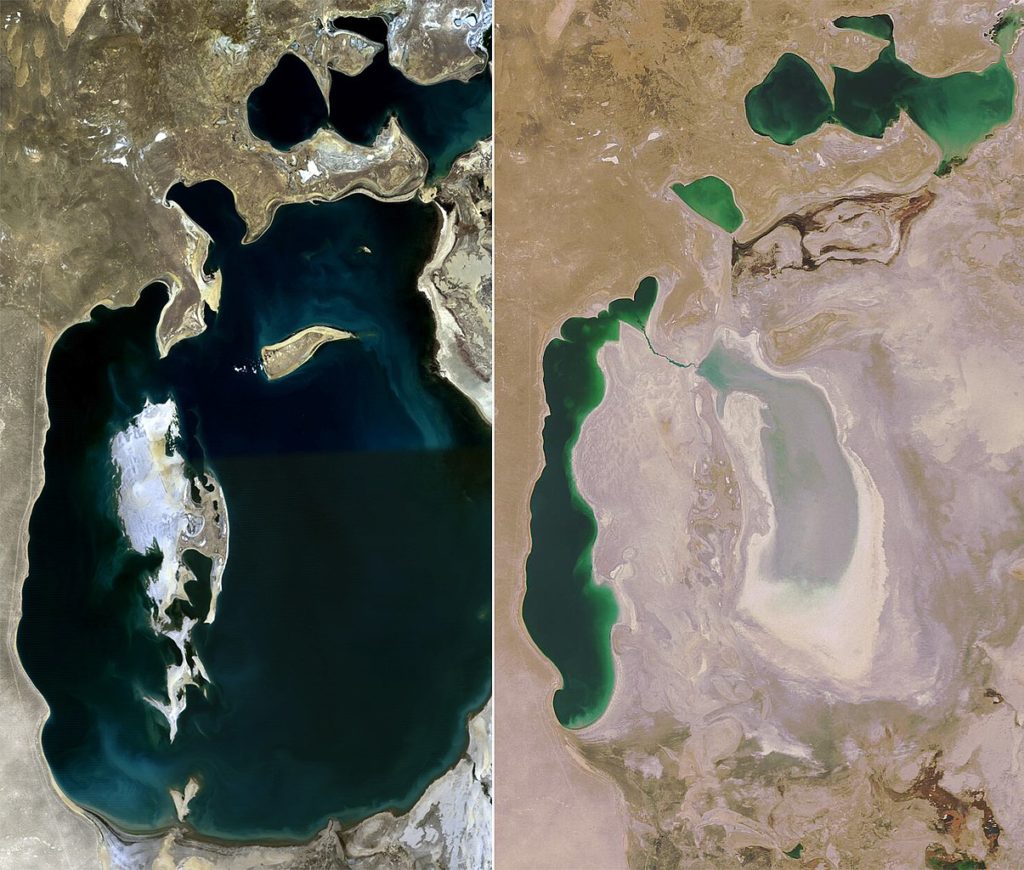
Tragedy hit Central Asia in the 1960s, in what many experts believe to be one of the greatest ecological disasters of all time. The Aral Sea was one the world’s fourth-largest lake — the second largest in Asia. Covering 26,000 square miles, it truly was one of the natural wonders of the region, dividing a chunk of border between Kazakhstan and Uzbekistan.
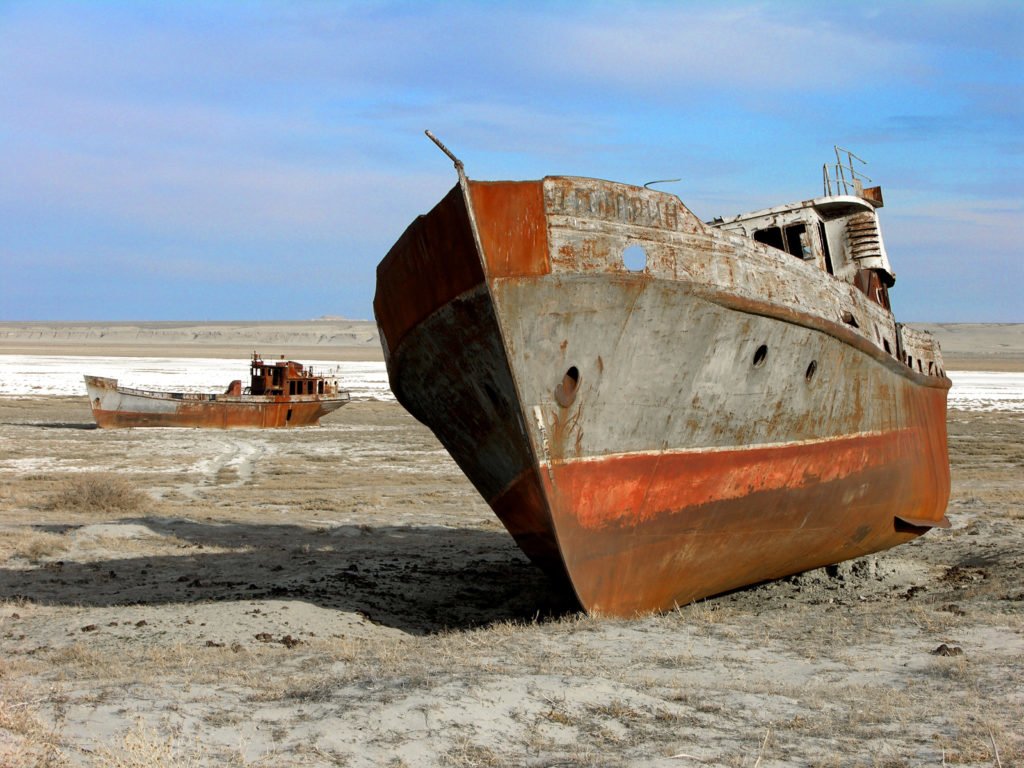
Today, that border requires not a boat to cross, but feet. In the 1960s, as part of the Soviet economic plan to make Central Asia the world’s largest producer of cotton, the two great rivers of Central Asia were diverted for an irrigation project. The Amu Darya and the Syr Darya had fed the Aral, but catastrophic negligence rapidly depleted the sea’s water supply. By 1990, the sea split in two, and by 2003, the depth had fallen by 72 feet. Eventually, the Aral held just one-tenth of its original volume. Fishing ports turned to barren wastelands and dust bowling swept up sand and chemical residues from the now exposed seabed. Although a global effort led by the World Bank has sought to reinvigorate the Northern Aral Sea, many experts believe that the vast majority of this once great lake will remain barren. The Aral Sea disaster provides a stark and rather apocalyptic prequel to the world’s looming water crisis.
Fedchenko Glacier (Tajikistan)
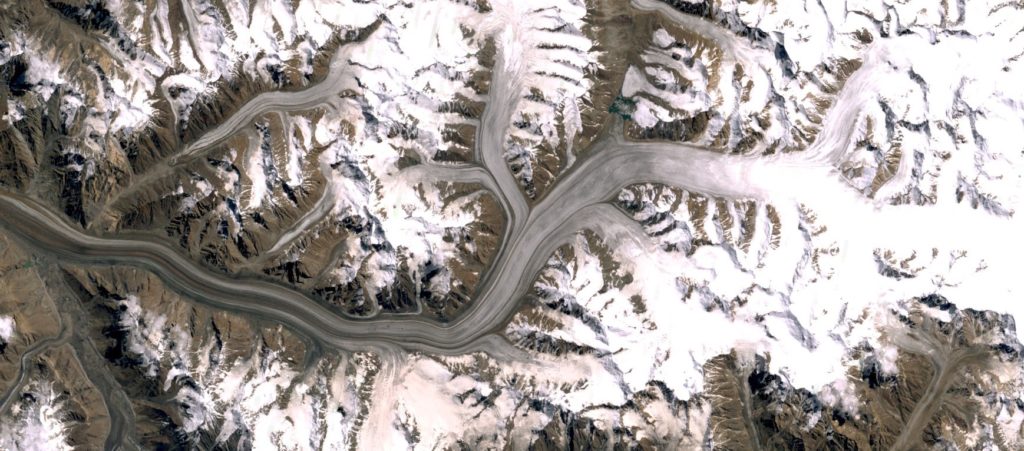
2000km away from the Aral is Fedchenko Glacier, the world’s longest non-polar glacier. First discovered in 1878, it is by far the biggest glacier in the Pamir range and its runoff eventually trickles into what is left of the Aral Sea. The ice on Fedchenko Glacier, found in the east of Tajikistan, is 1000m thick in parts and measures 77km in length. Put in perspective, Canada’s famous Athabasca Glacier is just 7km long. The source of Fedchenko is found in Gorno-Badakhshan province upon Revolution Peak, the highest point in the eastern part of the Yazgulem Range.
Sharyn Canyon (Kazakstan)

Close to the border with China is one of Central Asia’s more unusual sites: Sharyn Canyon. The valley began to be formed rather recently – just 90 million years ago. Its most famous point—The Valley of Castles—provides the off the beaten track tourist with some truly epic photos for their Instagram. Although it is dwarfed by the Grand Canyon for length, it is still nearly 100km long, and holds some remarkable ecological sites. A prehistoric forest, for example, containing a large number of Sogdian Ash, a particularly rare species of Ash. Sharyn Canyon National Park is 120 miles east of Almaty and the staggering views of the ancient dust-orange rock canyon walls are a key attraction for Kazakstan’s incipient tourist industry.
Chuy Valley (Kazakhstan)
Kazakhstan is the alleged birthplace of cannabis, and in the Chuy Valley, 400,000 hectares have grown wild in amongst the Tien-shan mountains. Ever since the restrictive drug policies of the Soviet Union, this has been something of a political headache; whereas nature was defeated in the Aral Sea, the hardy nature of wild cannabis has allowed the crops to survive multiple eradication attempts, making cannabis Kazakhstan’s most potent perennial weed. Under the cover of night, locals are known to descend into the valley to collect small quantities of wild cannabis – which is famed for a low potency and consequent lack of hangover effects. Large-scale harvesting is inhibited by an annual police crackdown on efforts to organise collection efforts – as such, organised criminals rub shoulders with bohemian enthusiasts, with no groups having a monopoly on the region of natural abundance.
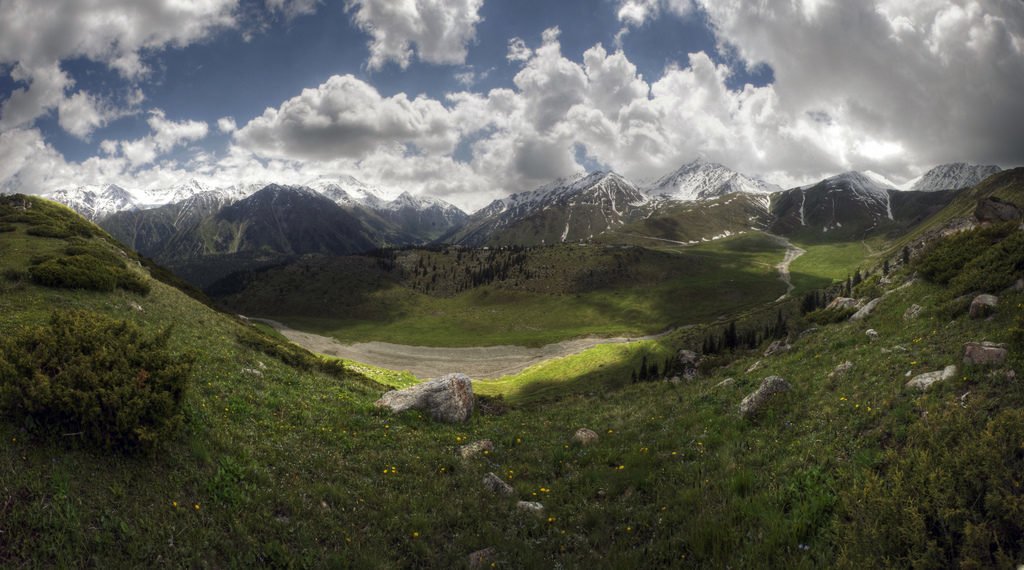
There is your heaven to hell then — a whistle-stop tour of the natural wonders of Central Asia. Though it would rarely come to mind when we think of the epic of our natural environment, Central Asia possesses some of the most remarkable examples of the undiscovered, the unbelievable, and unfortunately, the unnatural. Whilst the Darvaza Gas Crater is an example to poke fun at, the Aral Sea disaster is not. Perhaps the great measure Central Asia’s natural wonders is, then, humankind’s utterly fragile relationship to the natural world.
